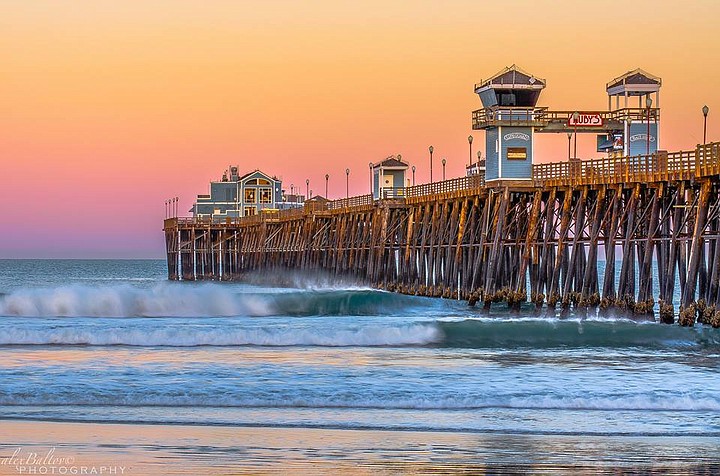 Facebook
Facebook
 X
X
 Instagram
Instagram
 TikTok
TikTok
 Youtube
Youtube

Dense Ground Fogs Are A Trademark of the onset of autumn along San Diego’s coastal strip. The fogs arrive during the night and early morning hours when the moist marine air that has settled in valleys and low areas is chilled below the dew point. These ground fogs are distinct from June Gloom, the low overcast that usually blankets the coastal strip on late-spring and summer mornings.

Chinese Flame Trees Are Starting To Display colorful clusters of orange, reddish, or salmon-pink seed pods. Good specimens line the south end of Balboa Drive in Balboa Park, and Lake Murray Boulevard through San Diego’s San Carlos district. Most of the remainder of San Diego’s ornamental trees will continue to remain drab until November, the onset of “autumn” botanically.

Late September Signals The Beginning of Santa Ana winds, which may continue intermittently through the winter. Early Santa Anas are often responsible for coastal San Diego’s hottest and driest days of the year. Records show that 62 percent of the days at Lindbergh Field with 90-degree readings or higher have occurred during the months of September and October. The desert-like days are a consequence of dry air from a high-pressure area centered over Nevada or Utah moving across Southern California’s coastal mountains toward a low pressure area offshore in the Pacific Ocean. West of the mountains, the air sinks as it rushes toward the coast, heating (by compression) about 5 1/2 degrees Fahrenheit for every 1000 feet of descent. During a full-blown Santa Ana, gale-force winds rake the foothills downwind of the mountain passes, and San Diego’s coastal communities often experience temperatures that are among the nation’s highest.


Dense Ground Fogs Are A Trademark of the onset of autumn along San Diego’s coastal strip. The fogs arrive during the night and early morning hours when the moist marine air that has settled in valleys and low areas is chilled below the dew point. These ground fogs are distinct from June Gloom, the low overcast that usually blankets the coastal strip on late-spring and summer mornings.

Chinese Flame Trees Are Starting To Display colorful clusters of orange, reddish, or salmon-pink seed pods. Good specimens line the south end of Balboa Drive in Balboa Park, and Lake Murray Boulevard through San Diego’s San Carlos district. Most of the remainder of San Diego’s ornamental trees will continue to remain drab until November, the onset of “autumn” botanically.

Late September Signals The Beginning of Santa Ana winds, which may continue intermittently through the winter. Early Santa Anas are often responsible for coastal San Diego’s hottest and driest days of the year. Records show that 62 percent of the days at Lindbergh Field with 90-degree readings or higher have occurred during the months of September and October. The desert-like days are a consequence of dry air from a high-pressure area centered over Nevada or Utah moving across Southern California’s coastal mountains toward a low pressure area offshore in the Pacific Ocean. West of the mountains, the air sinks as it rushes toward the coast, heating (by compression) about 5 1/2 degrees Fahrenheit for every 1000 feet of descent. During a full-blown Santa Ana, gale-force winds rake the foothills downwind of the mountain passes, and San Diego’s coastal communities often experience temperatures that are among the nation’s highest.
Comments